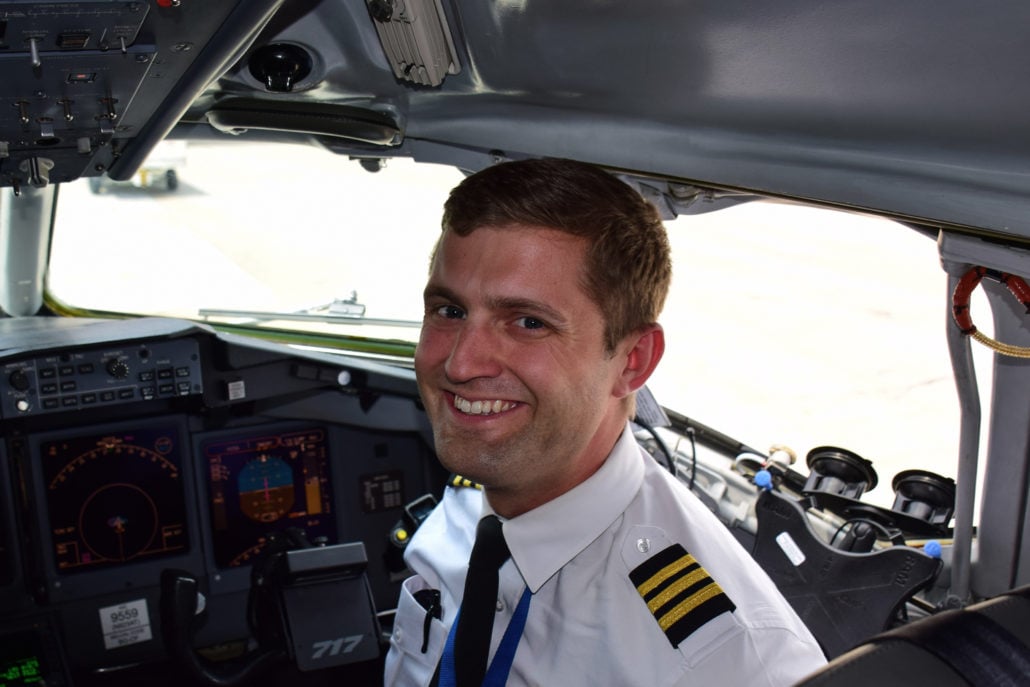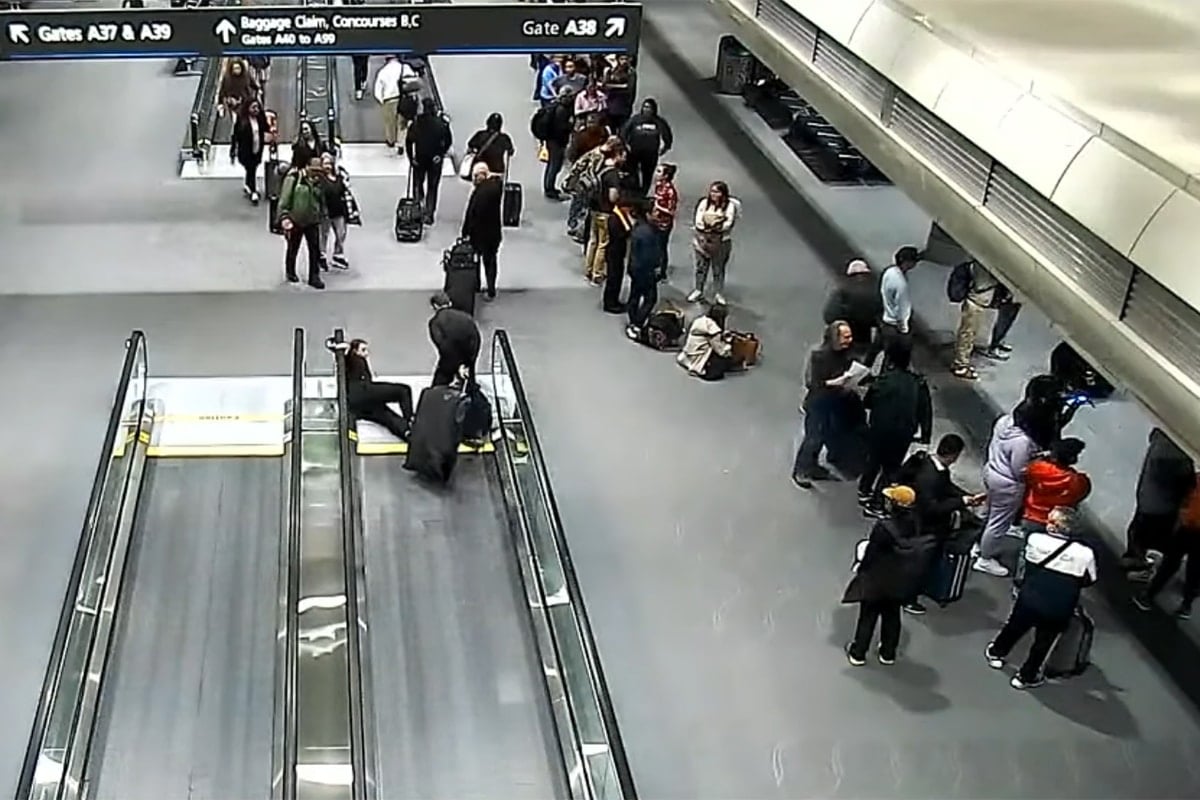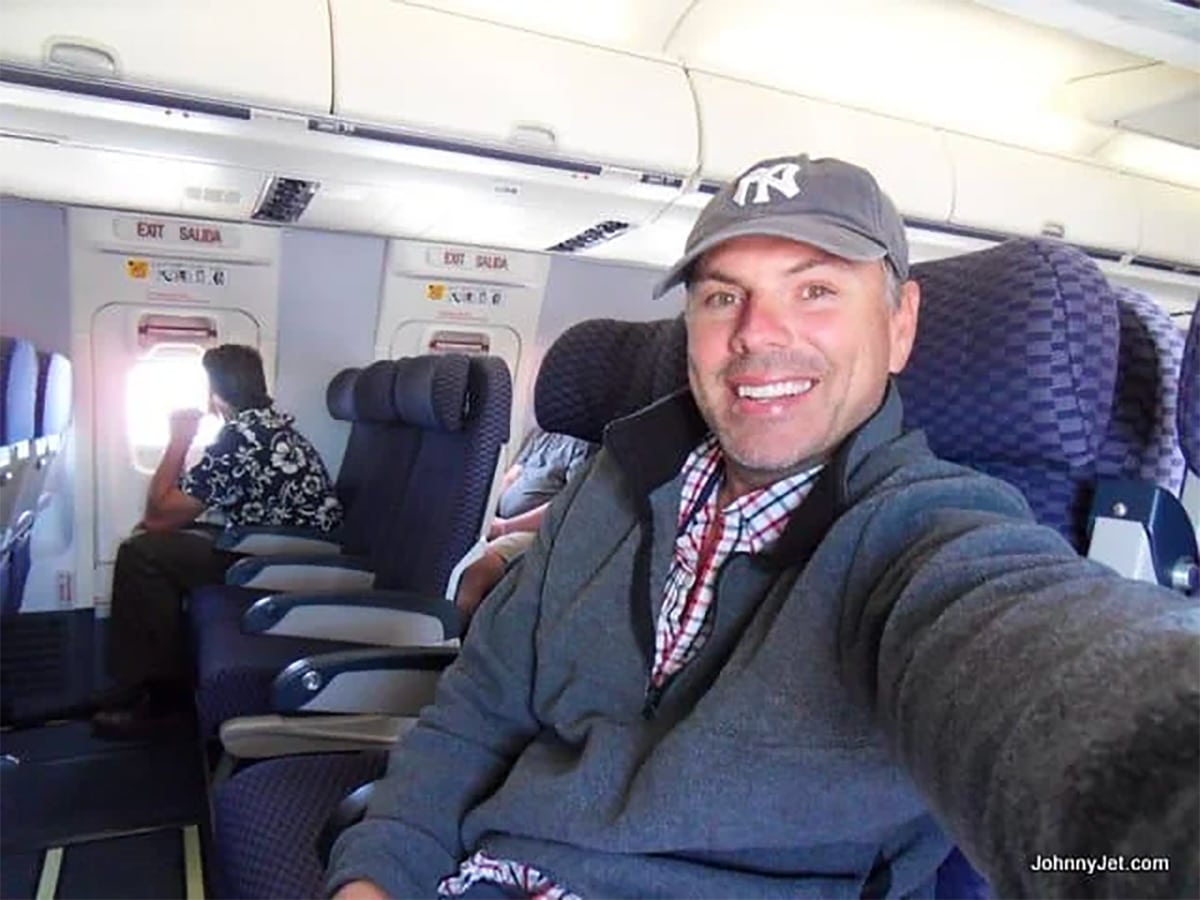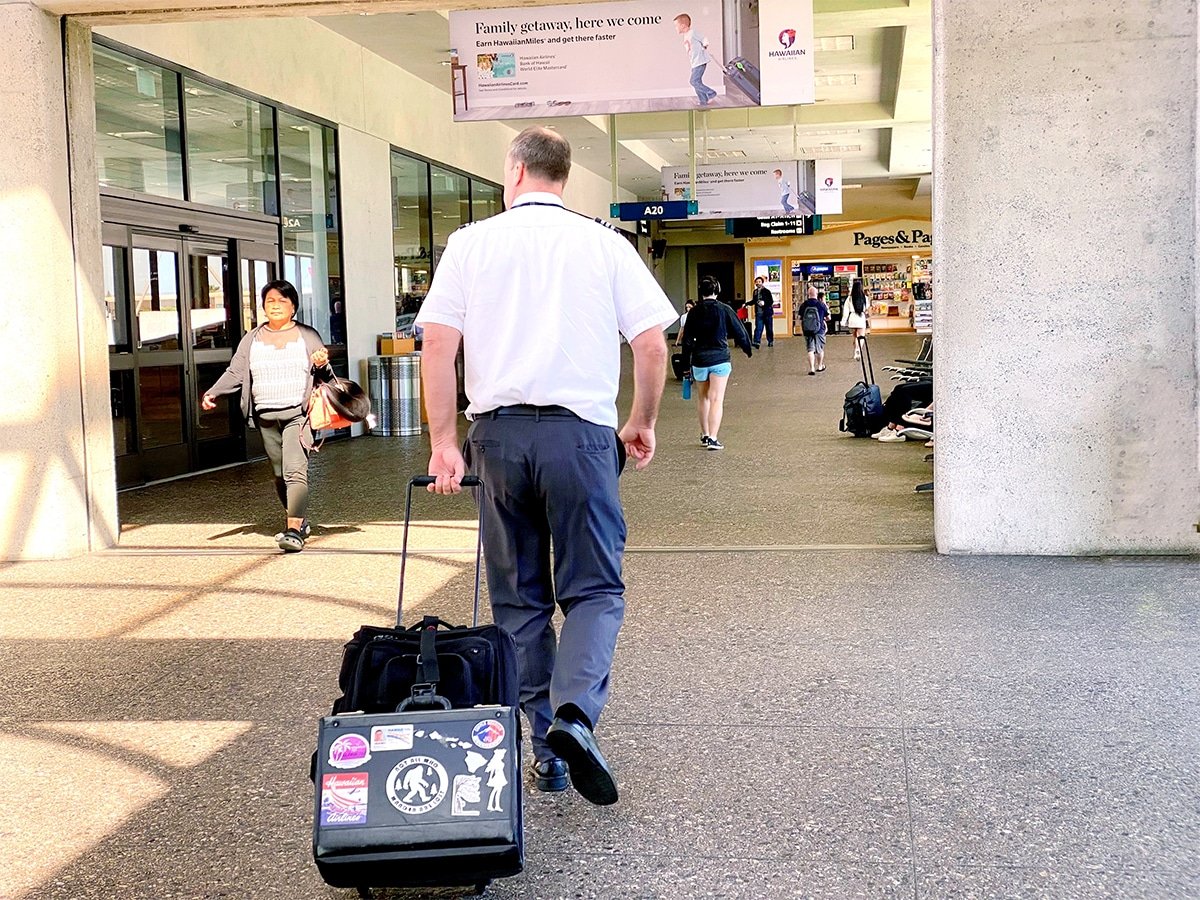
In our Ask a Pilot series, pilot Spencer Marker answers one of your aviation-related questions each week. See past installments here and submit your own to Whitney@johnnyjet.com.
The question
Have you ever had to or known pilots that had to fly with other pilots they didn’t like for whatever reason?
—Helen
The answer
Hey, Helen! Thanks for writing in this week. That is a very unique question as some of the aspects of a pilot’s day-to-day professional life are unique to our job. I mean, what other career makes you and another person sit in a small room with each other for hours on end? That being said, through the history of aviation, there has been a fundamental evolution in the way personalities (and egos) are managed in the cockpit.
The role of the captain
On every aircraft large and small there is a hierarchy of command for the crewmembers of that flight. The captain sits atop that hierarchy.
In the past, the captain always decided the course of action and the other crewmembers were there to support that decision. However, after a few accidents in which the captain made the wrong decision or became transfixed on an issue, the FAA, the NTSB, NASA, and the airlines began to study cockpit dynamics and found some interesting trends. What they found is a lack of shared decision-making and communication in the cockpit. Also, other flight deck crewmembers were reluctant to bring a mistake to the captain’s attention, as they didn’t wish to usurp the captain’s authority.
In 1979, NASA developed a program called Cockpit Resource Management (now we call this Crew Resource Management) or CRM. The goal of CRM was to foster a less authoritarian cockpit culture, while still retaining the final authority of the captain. The program encouraged first officers and flight engineers to speak up if they observed a problem or mistake and encouraged captains to be more receptive to the input of other crew members. The goals of the system were to promote communication, increase situational awareness, resolve conflicts, and promote a culture where leadership could be respectfully questioned.
United Airlines was the first to implement this program in 1981 and since then, every airline crewmember must complete some form of CRM training. Over time, the scope of CRM has grown to include not just pilots, but also flight attendants, dispatchers, air traffic controllers, and countless others that may be included in a flight’s successful completion. CRM has also been applied in other businesses where many people need to work in harmony to complete a task.
So Helen, CRM training provides a good baseline on how to manage interpersonal differences and different personalities in the flight deck. But what else do pilots use to work with someone they don’t care for?
Standard Operating Procedures
Every time an airline flight departs, both pilots must work in harmony, doing specifically assigned tasks, to ensure a safe and on-time departure. This choreographed dance is coordinated by the use of Standard Operating Procedures, or SOPs. These are well-defined procedures that highlight exactly what a captain and first officer need to do in order to fly the aircraft properly. Every movement is specifically defined and there is no ambiguity.
SOPs define the rules about what needs to be accomplished, when it needs to be accomplished, and by whom. This way, pilots that have never flown together before already know what the other is going to do automatically. Pilots are trained to this standard, and these procedures are constantly reinforced during the course of their careers.
By adhering to SOPs, even pilots that might have interpersonal disagreements can operate an airplane safely.
But what if you simply don’t like them?
Sometimes, regardless of all the institutionalized and structured means for pilots to get along, pilots do not like each other. Regardless of why, some airlines do have a system where pilots can avoid flying with someone they clash with.
At certain airlines, pilots submit their preferences for their monthly schedule in a process called bidding. This system takes into account a pilot’s seniority and preferences, then builds a schedule based off this information. Senior pilots (ones that have been with the airline longest) are awarded the best schedule while junior pilots are often given what is left over. In this process, a pilot can select other pilots that he would rather not be paired with on a trip. In this way, the computer will not match these pilots together, if possible.
To sum up
Thanks again for the excellent question. The FAA and the airlines have come a long way in providing a standardized way pilots interact with each other in the cockpit. This consistent approach allows for a safe and predicable flight deck that runs like a well oiled machine.
While personality conflicts in the flight deck are rare, airlines mitigate them by providing CRM training and a structured SOP. This way, the airplane is always operated in a safe and well coordinated manner.
Thank you so much, Helen! If anyone has a burning aviation question or something you would like cleared up, drop us a line at Whitney@johnnyjet.com to get your question featured in an upcoming Ask a Pilot column.
Tailwinds,
—Spencer







